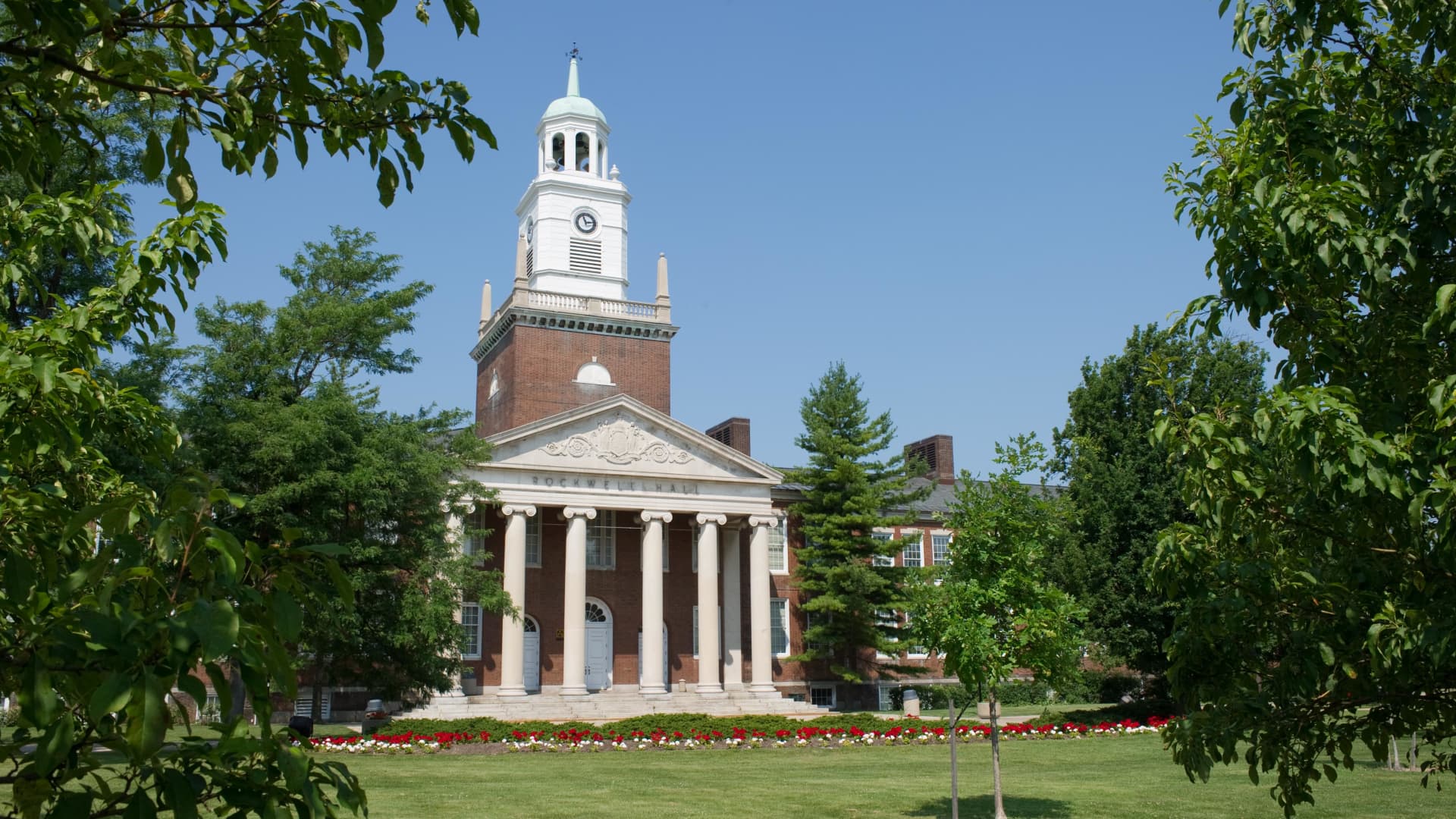5 years ago, New York made 4 years of college free for residents. Here’s how it’s going

Even though college enrollment has slid since the start of the pandemic, many students still want to get a degree, and for some, free tuition programs are the only way to make higher education a reality.
In 2017, the state of New York’s Excelsior Scholarship made headlines when it became the first in the nation to cover four years of tuition without being tethered to academic performance.
New York initially said more than 940,000 students with family incomes up to $125,000 could qualify. New York’s program applies to all schools at the City University of New York and State University of New York.
But as of the end of this academic year, just under 73,000 students have received the scholarship enabling them to attend CUNY or SUNY tuition-free, according to Angela Liotta, a spokeswoman for New York State Higher Education Services Corporation.
More from Personal Finance:
Free college is now a reality in nearly 30 states
3 ways to avoid taking on too much student loan debt
Is college really worth it?
A separate research report found that of first-year CUNY undergraduates, only about 25% of eligible students are Excelsior recipients and the lowest-income students are most likely left out.
Roughly two-thirds, or 68%, of program dollars flow to students with incomes at or above $70,000, according to Judith Scott-Clayton, a professor of economics and education at Columbia University’s Teachers College and an author of the report.
The application process — “the hoops and hurdles and the fine print” — may be a barrier, she said.
“There still aren’t many students at CUNY that are getting this award,” Scott-Clayton said. “That was surprising.”
And even more students who could qualify for free tuition aren’t going to college at all.
To be sure, the Covid pandemic has had a devastating impact on college enrollment nationwide.
As of the latest tally, the undergraduate student body sank by nearly 1.4 million students, or 9.4%, since 2020, according to the National Student Clearinghouse Research Center.
Enrollment nosedive continues
“College enrollment declines appear to be worsening,” Doug Shapiro, the National Student Clearinghouse Research Center’s executive director, said in a statement when the latest college enrollment figures were released earlier this week.
Would-be college students have growing concerns about paying for college and student debt and are questioning the value of degree, Shapiro said.
As the U.S. economy adds more jobs and wages rise, some are also opting to take advantage of increased employment opportunities instead.
Community colleges, which serve lower-income students, have suffered the most, with enrollment sinking 7.8% this spring compared to a year ago — a decline of roughly 351,000 students.
Free college programs are meant to boost enrollment and provide a pathway to the middle class.
Even though the Biden administration’s plan to make community college tuition-free for two years stalled, the push for free college is forging ahead in many parts of the country.
While the White House has turned its focus to extending the student loan payment pause, states have been moving forward with plans to pass legislation of their own to make some college tuition-free.
Recently, New Mexico Gov. Michelle Lujan Grisham, a Democrat, signed the New Mexico Opportunity Scholarship Act, creating what now supersedes New York’s as the most extensive tuition-free scholarship program in the country.
Other so-called promise programs typically offer college students two years of free tuition at participating state community colleges or other associate-degree programs and vocational schools.
Most, like the Excelsior Scholarship, are what’s known as “last dollar” scholarships, meaning the program only pays the amount of tuition that is not covered by existing state or federal aid. (President Joe Biden recently signed a spending bill that included increasing the amount of money provided by the federal government for Pell grants, effectively lowering the cost for states to implement free college programs.)
Not all experts agree that free college is the best way to combat the college affordability crisis.
Critics say lower-income students, through a combination of existing grants and scholarships, already pay little in tuition to state schools, if anything at all.
Further, in most cases the money does not cover fees, books, or room and board, which are all costs that lower-income students struggle with, and diverting funds toward free tuition could come at the expense of other operations on campus, including hiring and retaining faculty and administrators.




